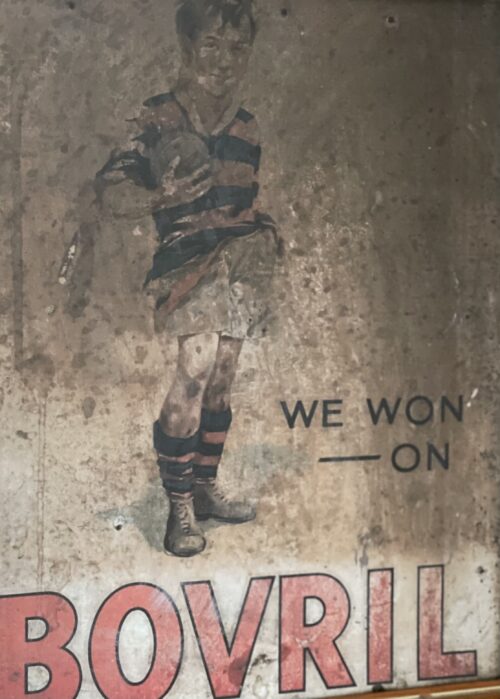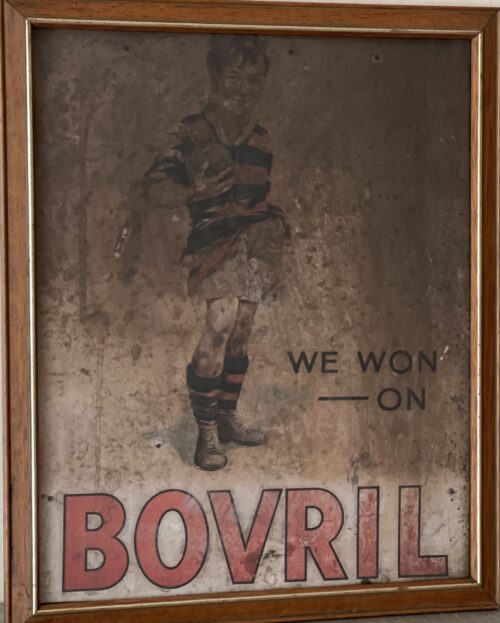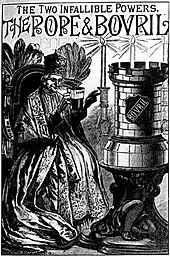





















struggle for independence, this month marks the 100-year anniversary of an important moment in Irish-US relations.
In June 1919, Éamon de Valera arrived in the United States for what was to be an 18-month visit. He had recently escaped from Lincoln jail in England in sensational fashion, after a duplicate key was smuggled into the jail in a cake and he escaped dressed as a woman.
A few months later he was a stowaway aboard the SS Lapland from Liverpool bound for America.
De Valera’s plan was to secure recognition for the emerging Irish nation, tap into the huge Irish-American community for funds, and to pressurise the US government to take a stance on Irish independence. Playing on his mind was the upcoming Versailles conference where the nascent League of Nations was preparing to guarantee “existing international borders” – a provision that would imply Ireland remaining within the United Kingdom.
De Valera also had a challenge in winning over President Woodrow Wilson, who was less than sympathetic to Ireland’s cause.
De Valera’s interest in America was of course personal. He was born in New York in 1882 and his US citizenship was one of the reasons he was spared execution after the 1916 rising.
At first Dev kept a low profile in America. Though he was greeted by Harry Boland and others when he docked in New York, he first went to Philadelphia and stayed with Joseph McGarrity, the Tyrone-born leader of Clan na Gael and a well-known figure in Irish America. He also quietly paid a visit to his mother in Rochester, upstate New York.
De Valera’s first major engagement was on June 23rd when he was unveiled to the American public at a press conference in the Waldorf-Astoria hotel in New York. Crowds thronged the streets around the hotel, and De Valera proclaimed: “I am in America as the official head of the Republic established by the will of the Irish people in accordance with the principle of self-determination.”




“I'm a quarter Irish or half Irish or something, and long, long before the trouble started, I told Yoko that's where we're going to retire, and I took her to Ireland. We went around Ireland a bit and we stayed in Ireland and we had a sort of second honeymoon there. So, I was completely involved in Ireland” – John Lennon, 1971.James Paul McCartney was born on June 18, 1942 in Liverpool to Jim and Mary Patricia (Mahon) McCartney, and like many other Liverpool families descended from Irish immigrants. His mother’s father was born in Ireland, and was Roman Catholic, while his great-grandfather was an Irish native, and Protestant.


From the Evening Echo, September 9, 1953
THE famous comedy team of Stan Laurel and Oliver Hardy were scheduled to disembark from the liner ‘America’ which called at Cobh today from New York. No elaborate reception was planned, and the shipping officials carried out the usual arrangements for the arrival of important passengers.
The famous pair wanted no fuss, and of course, the liner company officals were anxious to carry out to the letter the wishes of their first-class passengers.
Mr Sean O’Brien, Irish manager of US Lines, said his officials were there to greet them and satisfy their slightest wish.
But often on the occasion when the planning is most careful, something goes wrong. And in this case it did. For neither the comedians, nor their wives, nor the company officials, nor the police nor the many other people associated with the life of a trans- Atlantic port of call, reckoned with the children, to whom the funny faces and the queer screen antics of the cuckoo comedians is better known than the president of the US.
The entire children’s population of Cobh must have played truant from school for they blocked all traffic, and despite the presence of several vastly amused policemen, they clung onto Laurel and Hardy.
They begged for autographs, ruffled their ties and generally gave them a whole-hearted reception.
Non-plussed, but only for a moment, the comedians entered into the fun of the affair, and nobody could accuse them of being stinted in giving autographs.
Twenty-three stone Hardy (22st 12lbs to be exact) commented: “We were absolutely overwhelmed. There scarcely ever was a film scene like it. They are grand children, and Stan and I are grateful to them.”
There was no great advance publicity, but all of Cobh and outlying districts seemed to know that Laurel and Hardy had arrived. Family parties went out in small boats and cheered as the tender bearing the passengers from the liner drew into the quayside.
The party were taken by Mr O’Brien to hear the carillon bells of Cobh Cathedral and the comedians told an Echo reporter that hearing the ‘Cuckoo Song’ played on the bells was one of the greatest thrills of their lives.
Later, the party went to kiss the Blarney Stone. All performed the traditional rite of kissing except Hardy, who commented: “Nobody would hold me. I am too big.”
Ald P McGrath, Lord Mayor of Cork, accompanied by Mr AA Healy, TC, received them at the City Hall and was photographed with them. Asked to nominate their favourite film the bluff Oliver replied: “Fra Diavolo.”
They have been partners for thirty years. Subsequently the comedians and their wives left for Dublin where they are to fulfil a theatrical engagement.
Amongst the others who met them in Cobh was Mrs D Murphy, on behalf of Mr George Heffernan, Tourist Agent, Cork.
Another passenger to disembark from the vessel was the Hon Kit Clardy, Republican Senator from Michigan. He intends to spend a short holiday in this country. In all, 117 disembarked at Cobh.
Embarking passengers included a party of 40 pilgrims from Cork to Lourdes and Liseux. The spiritual director to the party is Rev Maurice Walsh, SMA, and the pilgrimage arrangements were in the hands of Miss B Arnold, of Mr Heffernan’s agency.






| "Danny Boy" | |
|---|---|

Danny Boy |
|
| Song | |
| Published | 1913 |
| Genre | Folk |
| Songwriter(s) | Frederic Weatherly (lyrics) in 1910 |
| Recording | |
|
MENU
0:00
Performed by Celtic Aire of the United States Air Force Band
|
|
Oh, Danny boy, the pipes, the pipes are calling From glen to glen, and down the mountain side. The summer's gone, and all the roses falling, It's you, It's you must go and I must bide. But come ye back when summer's in the meadow, Or when the valley's hushed and white with snow, It's I'll be there in sunshine or in shadow,— Oh, Danny boy, Oh Danny boy, I love you so! But when ye come, and all the flowers are dying, If I am dead, as dead I well may be, Ye'll come and find the place where I am lying, And kneel and say an Avé there for me. And I shall hear, though soft you tread above me, And all my grave will warmer, sweeter be, For you will bend and tell me that you love me, And I shall sleep in peace until you come to me!
The Pub has been at the forefront and epicentre of Irish life for hundreds of years. Often humble but always unpretentious, it has served many and varied functions. A place where strangers become friends and friendships are solidified. A refuge from the stresses of everyday life, the headquarters of local life.